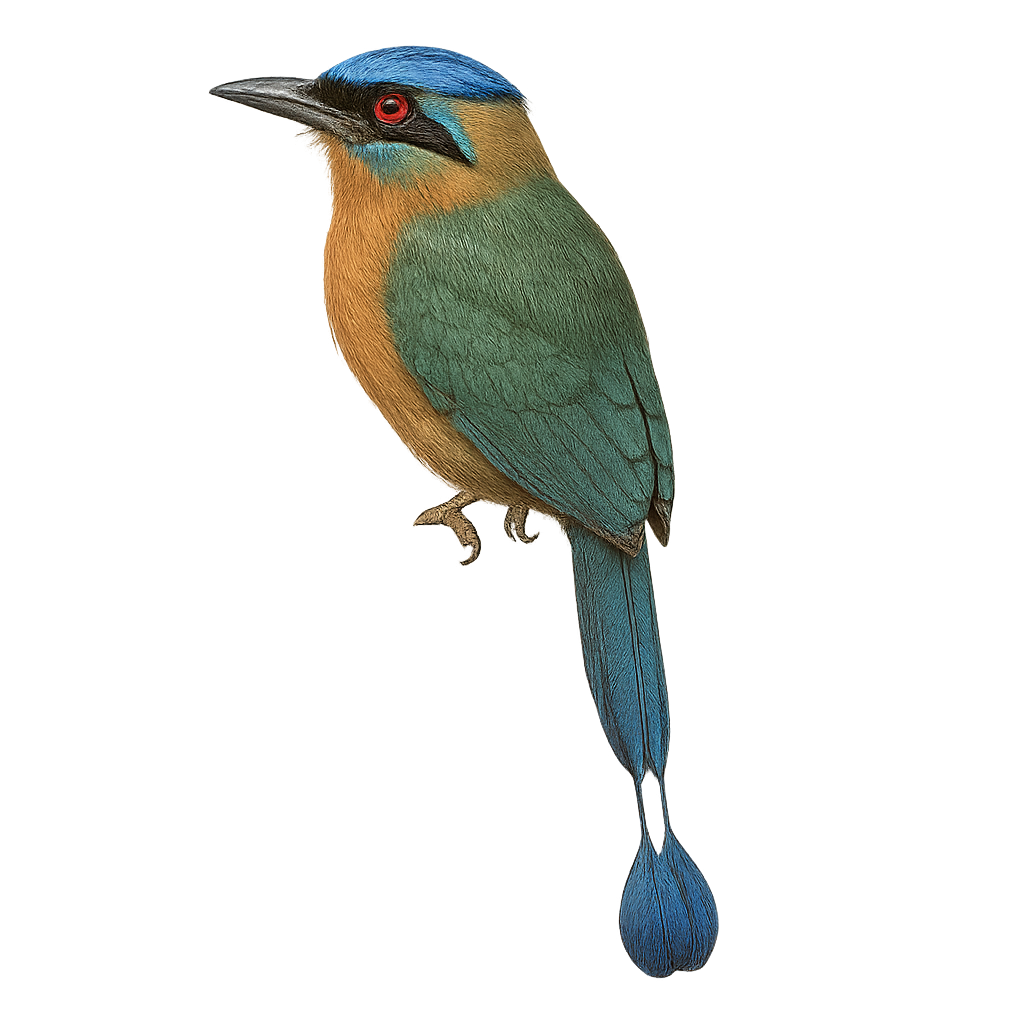Your wildlife photography guide.
Explore the whooping motmot in detail, study its behavior, prepare your shots.
Where to observe and photograph the whooping motmot in the wild
Learn where and when to spot the whooping motmot in the wild, how to identify the species based on distinctive features, and what natural environments it inhabits. The WildlifePhotographer app offers tailored photography tips that reflect the whooping motmot’s behavior, helping you capture better wildlife images. Explore the full species profile for key information including description, habitat, active periods, and approach techniques.
Whooping Motmot
Scientific name: Momotus subrufescens

IUCN Status: Least Concern
Family: MOMOTIDAE
Group: Birds
Sensitivity to human approach: Suspicious
Minimum approach distance: 10 m
Courtship display: March to April
Incubation: 20-21 jours
Hatchings: March to May
Habitat:
Tropical forests, forest edges, wooded areas
Activity period :
Primarily active during the day, with peak activity in the morning and late afternoon.
Identification and description:
The Whooping Motmot is a fascinating bird, recognizable by its vibrant plumage and long racket-shaped tail. It displays colors ranging from emerald green to bright blue, with distinctive blue eyebrows. This bird is often seen in the tropical forests of Central and South America, where it primarily feeds on insects and small reptiles. It is known for its calm demeanor and ability to remain still for long periods, making it difficult to spot. The Whooping Motmot is also famous for its distinctive loud call that echoes through the dense canopy.
Recommended lens:
400 mm – adjust based on distance, desired framing (portrait or habitat), and approach conditions.
Photography tips:
To photograph the Whooping Motmot, it is advisable to use a telephoto lens of at least 400mm to capture precise details without disturbing the bird. Look for areas where the bird is likely to perch, such as low branches on the forest edge. Be patient and ready to wait, as these birds can remain still for long periods. Use a tripod to stabilize your camera and adjust settings for low-light conditions under the dense canopy.
The WildlifePhotographer App is coming soon!
Be the first to explore the best nature spots, track rutting seasons, log your observations, and observe more wildlife.
Already 1 432 wildlife lovers subscribed worldwide

